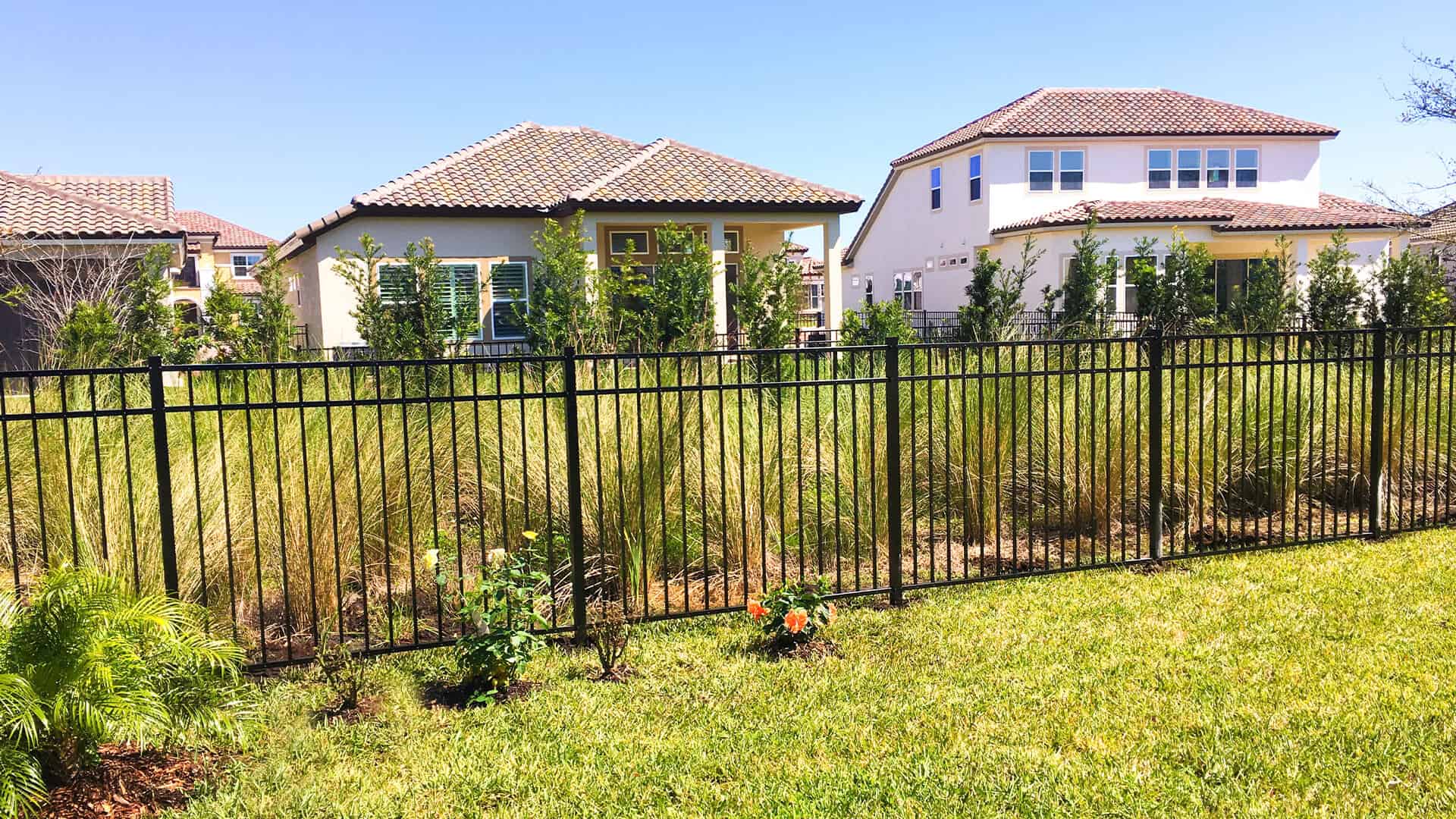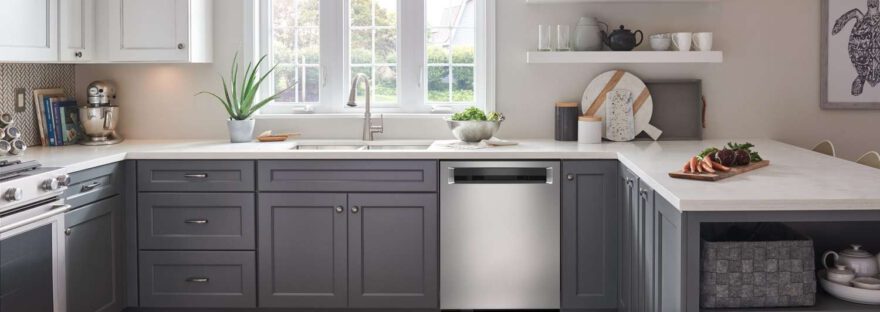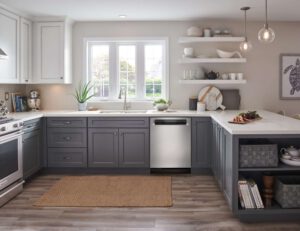Fencing combines the athleticism of tennis, soccer, or basketball with a rich and colorful culture dating back millennia. Local, regional, and national competitions allow fencers to demonstrate their skills to a wide audience.
Two opponents face each other on a 14-metre-long strip called the piste. They use one of three weapons: foil, epee, or saber. A point is scored when the competitor touches their opponent with the point of the blade. For more information, click the Fencing Charlotte NC now!

Foil fencing is a modern discipline that uses a light, flexible sword with a blunted tip to simulate a cavalry sword. Like epee, foil is a thrusting weapon, and only touches made with the point of the blade count as points. Foil is fought along a strip of ground called the piste, so attacks are generally made in a straight line towards your opponent. This reduces the likelihood of a collision that could damage either fencer’s equipment or cause injury. Foil fencing also requires fewer heavy hits than historical fencing disciplines, and so requires less physical protection (although Newton-rated penetration-proof safety gear is still strongly recommended for all fencers).
The foil weapon has a small shaft that’s quadrangular in shape and a bell-shaped guard. Its target area is smaller than epee’s, and it can only be attacked with the tip of the blade.
A modern foil is a long, lightweight sword that’s available in both electric and non-electric versions for competitors and casual fencers alike. The tip of the foil terminates in a button assembly that generally consists of a barrel, plunger, and spring. At rest, the tip forms a closed electrical circuit; depressing it breaks the circuit and sets off an indicator light to indicate that the fencer has scored a touch.
To score a touch, the tip of the weapon must hit your opponent in the valid attack zone, defined as the area from the bend of the hips to the top of the head, including any clothing and equipment. Fencing is a highly tactical sport, and many fencers develop a deep understanding of their opponent’s style and techniques.
As with any martial art, the right equipment is important. Your glove for the weapon hand should fit snugly but not too tight, and it should provide a good balance between protection and maneuverability. The type of blade you choose depends on your style – a stiffer blade allows for precision in pointing, while a more flexible blade can be advantageous for flicks and angled attacks. Choosing the right weapon will enable it to become an extension of your body, seamlessly integrating with your movements and tactics.
Fencing is a sport that has been around for centuries. It has a long history and is still an international competition. It is considered a sophisticated sport that requires skill, strength, and agility. It is also a great way to stay fit and challenge yourself mentally. It can also help children develop self-control and confidence. Fencing is a great option for children reluctant to participate in team sports. It allows them to express themselves and their aggression in a controlled, safe environment. Fencing is also a fun and unique way to get a good workout.
The epee is a sword-like weapon first used in 19th-century dueling and is still used for the same purpose today. Its size and rigidity make it a point weapon only, meaning that fencers score points by touching their opponent with the tip of the blade. Unlike foil, epee has a target area that includes the entire body and has no ‘right of way’ system in place. This makes it a more strategic and slower sport requiring patience from the competitors, as solid counter-attacks easily punish wild attacks.
Fencers attach their weapon and lame (foil & saber only) to reels via a series of wires called “body wires.” The body wires have three prongs, with one set connecting to the fencer’s weapon and another to the reels. This enables the scoring apparatus to distinguish between on and off-target touches.
Fencing is an excellent workout for the body and the mind. It can burn up to 900 calories per hour. It can also strengthen the core, leg, and back muscles. It can even increase your flexibility. It is a great way to relieve stress and tension. The sport also helps improve coordination, endurance, and balance.
The basic move in fencing is the lunge, a forward movement that puts you in a better position to attack your opponent. This move can be a part of a combination of moves that will set you in a better position to score a touch. It can be combined with a feint, where you distract your opponent’s attention by making a false move. It can also be used with a pass, where you interrupt an attack and create distance between you and your opponent.
Like foil and epee, saber fencing is an elegant sport in which fencers move back and forth on a marked area called a piste. They use a metal sword to score points against their opponent by striking their target area, usually the upper torso. On average, saber fights last just seconds – far shorter than epee or foil. As a result, saber fencers must focus on footwork, which is different from the other two weapon types. In addition, saber work requires more thrusting motions than either foil or epee.
Sabre is also the last of the three fencing weapons to adopt electric scoring, which has since replaced the pressure-sensitive head at the end of the blade used for traditional scoring. The saber blade remains the same, but an electric current is run through a conductive mask connected to a lame that covers the fencer’s torso and arms. The conductive mask has insulation that avoids making any contact with the blade a valid touch, and a crocodile clip at the end of the wire is attached to a metal over the glove for the hand holding the weapon.
A saber fencer can attack using one of four different offensive actions: a straight thrust, disengage attack, counter-disengage attack, and a cutover. The defender can defend against these attacks by parrying or riposte. A saber fencer can also make a fleche, which is illegal in foil but legal in saber and consists of crossing the feet before launching an attack.
A saber fencer can also deceive an opponent with a feint, which is a false attack designed to provoke a reaction from the opposing fencer. The defender can then attack, or riposte, against the opponent’s parry, which gives them priority (at least in foil and saber). The attacker can also disturb the parried blade with a point-in-line, which is the same as the previous defensive action but gains them a touch. This fencing method is a great way to develop a sense of timing and coordination and gain control of one’s body. It also teaches a great deal of respect, as the fencers always face each other behind masks and treat each other with respect and courtesy.
Fencing is an elegant, prestigious combat sport that heralds a long tradition of weaponry and warfare. Using either an epee, foil, or saber, fencers attempt to score points by hitting their opponent while moving back and forth on an area called a piste. For safety, fencers wear face masks and protective equipment. The sport also teaches distance, timing, and reading your opponent.
A beginner typically starts with the foil sword, which is considered the most difficult to master. Once proficient, fencers may move on to épée or saber. All weapons are based on the same basic rules, but each has its target area and footwork.
Developed in Europe as training for duels, fencing is a sport that requires a lot of footwork to prepare the body for an attack. It is an aerobic exercise that uses large muscles, such as those in the legs and hips. It is a great way to improve balance, strength, and endurance.
To perform a successful attack, fencers must quickly make a decision and execute a quick, accurate strike. The sport is also an excellent mental workout. A study published in 2012 found that fencing can help counteract cognitive aging. The researchers hypothesized that sports that require quick decisions and place high demands on the brain can improve attention and processing speed as a person ages.
In addition to strengthening the body, fencing is a fun activity for kids. It promotes cooperation and a sense of teamwork while stimulating creativity. It also teaches children how to anticipate their opponent’s actions and create counter-attacks.
A child’s imagination can be sparked by sword fencing, encouraging them to think of new moves and strategies to outwit their opponent. It can even lead to a lifelong passion for the sport.
While many consider fencing a safe, low-impact activity, it is a full-contact sport involving significant risk. A fencer must know the rules and proper technique before participating in a match. The sport can also be dangerous for people with certain health conditions, including diabetes and heart disease. In some cases, these conditions can cause blood pressure to rise, which could lead to a cardiac event.




 Coverage
Coverage